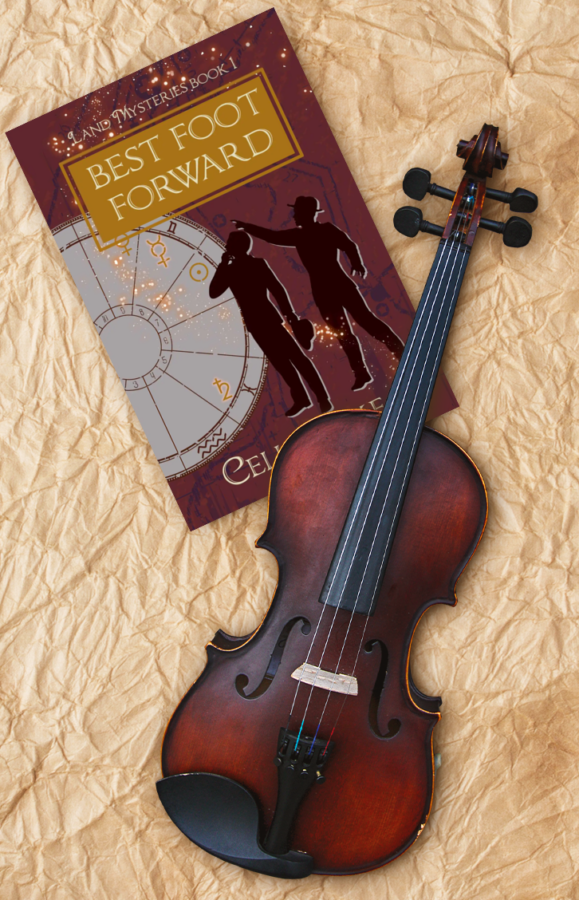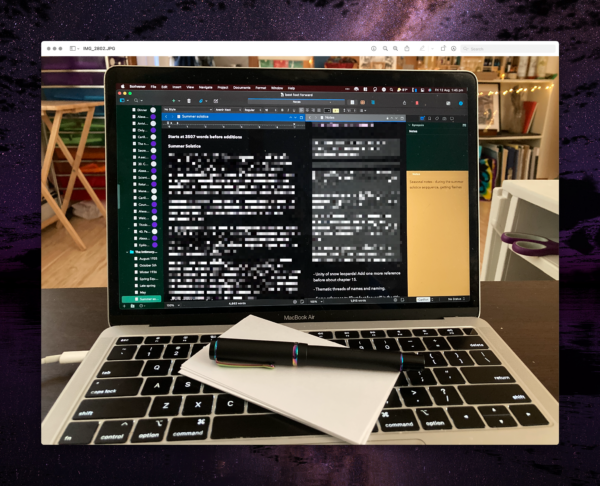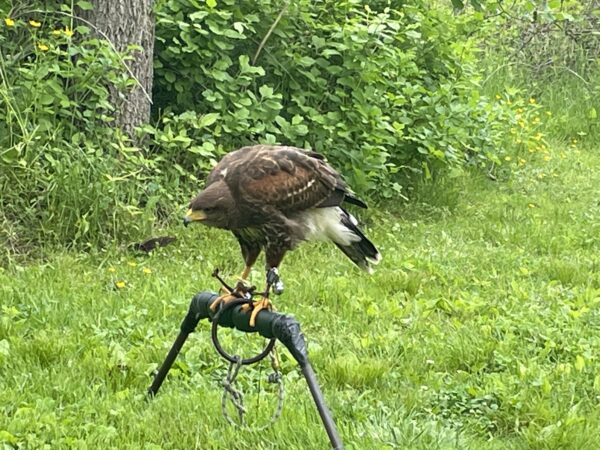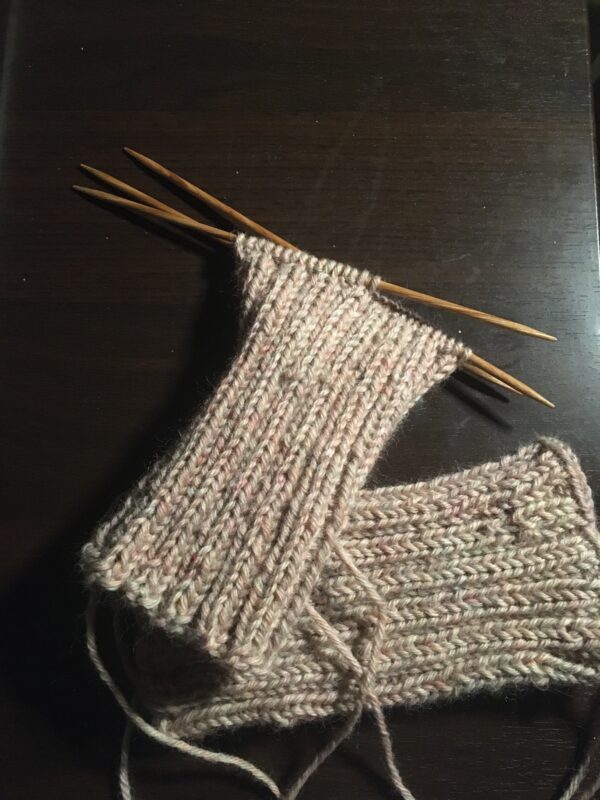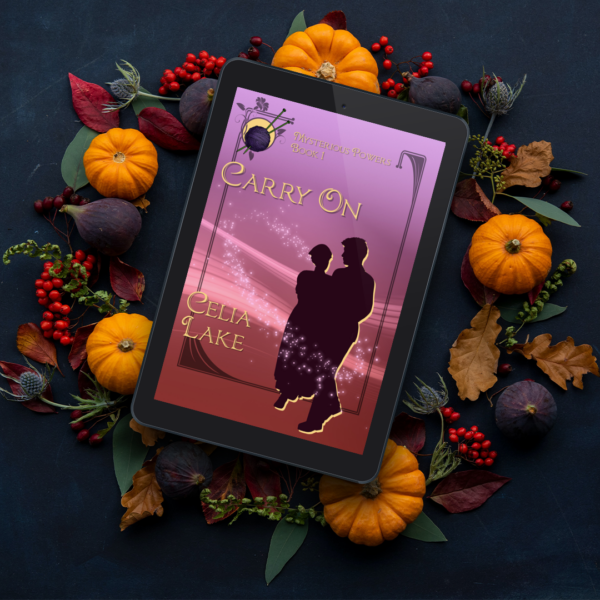Knitting for the war effort during the Great War involved all sorts of things. Some were simple – wristlets and mufflers (scarves), and socks. (I admit, I am intimidated by knitting socks.) They also included more complex items, like gloves designed to allow for easy shooting of a gun, or caps to be worn under helmets.
Elen, the heroine of my latest book, Carry On, does a lot of knitting. I wrote in my last post about wartime knitting in general, but I wanted to give it a try myself.
So I spent a bit of time in late November knitting up a set of wristlets. (About 7 hours, all told.) Read on if you’re curious about knitting your own historical pattern.
An example
I ended up using a modernised pattern from Holly Shaltz, taken from a July 1917 issue of Modern Priscilla Magazine, using patterns from the American Red Cross. There are very similar patterns in British Red Cross guides too. Holly has patterns for a scarf there too.
British and American knitting needles are different sizes. Worse, needles during the Great War were also different from the sizes we used today. I was happy to use someone else’s guidance on an appropriate combination.
The yarn for these is in a colour suitable for wartime (not quite British khaki, but would not draw attention), Jagger Spun Heather in the Peat colourway. Basically any wool worsted-weight yarn should do for this.
My yarn comes from my local yarn shop, Mind’s Eye Yarns. Much thanks to the shop owner, Annie, who also consulted on some of the historical knitting here.
My adaptations and process
I have small hands, so instead of 20 stitches on a needle for a total of 60, I went for 16 each.
(Since the pattern runs in groups of 4 stitches, you probably want to add or remove stitches in groups of 4. If you want to remove fewer than 12 from the original pattern, you could remove 4 from just one side. This saves you having to remember whether you start each needle with knitting or purling.)
I used double pointed needles (three to hold the stitches, one working needle). I liked this pattern edit because it also gives an option for knitting flat and seaming the finished piece into a proper tube (leaving a hole for the thumb.)
Other than the multiple needles, it’s a very simple pattern – knit 2, purl 2. Repeat for as many rows as you need.
I did 40 rows total. 25 to the start of the thumb, 10 for the hole for the thumb, 5 more plus binding off to make the band across the palm above my thumb. They’re shorter than the original version, but I wasn’t entirely sure how much yarn I’d be using up.
For the thumb hole, I rotated so I could knit going the opposite direction, leaving the gap for the thumb – this worked great.
Let me know if you try your own Great War knitting project! I’d love to feature it if you’re willing to share.
Resources
A short video guide to getting started with historical knitting from Engineering Knits. (She’s also done some great Edwardian and 1920s pieces.)
British Red Cross knitting and sewing patterns (via the Internet Archive). Dated 1914. Includes everything from hospital clothing to knitting to dressmaking.
British Red Cross knitting patterns (PDF). Undated, but I think this is from around 1917. Includes patterns for sewing as well (pyjamas and other hospital attire.)
Historical Resource Shenanigans talks about a sock knitting project using a British Red Cross Pattern. (She’s also got a post about a Canadian knitting nurse.)
Some examples of American patterns (with modern samples) from the Smithsonian Museum of American History.
The Antique Pattern Library for a wide range of (mostly not War related) historical knitting patterns
